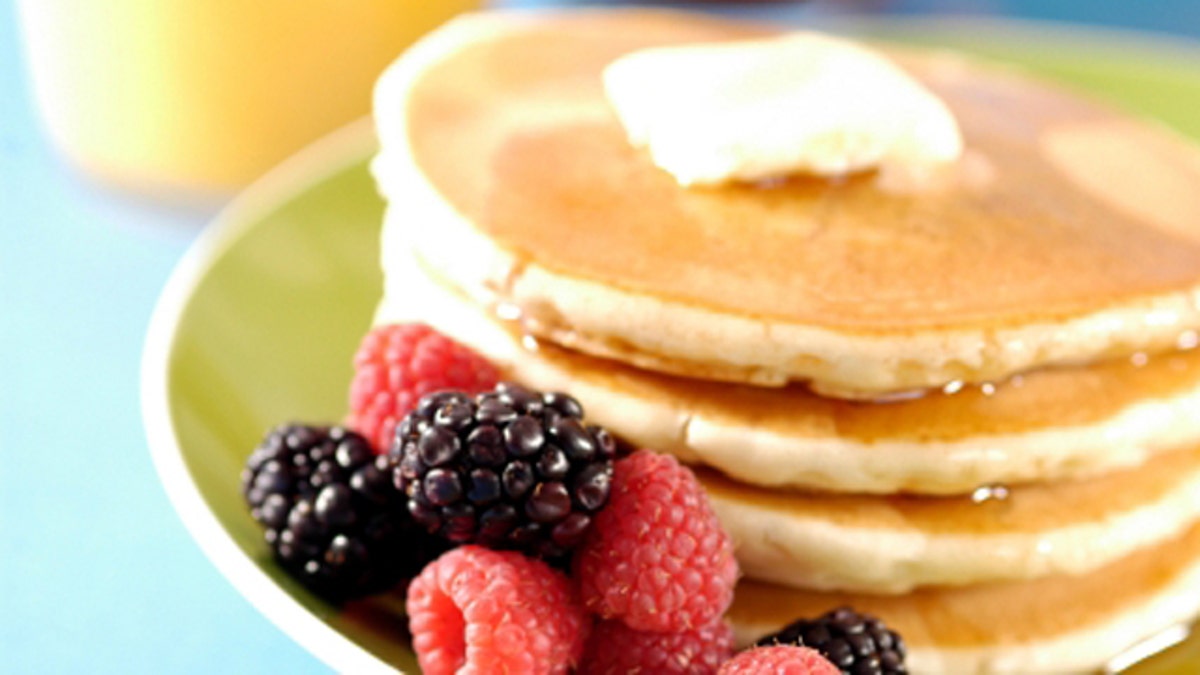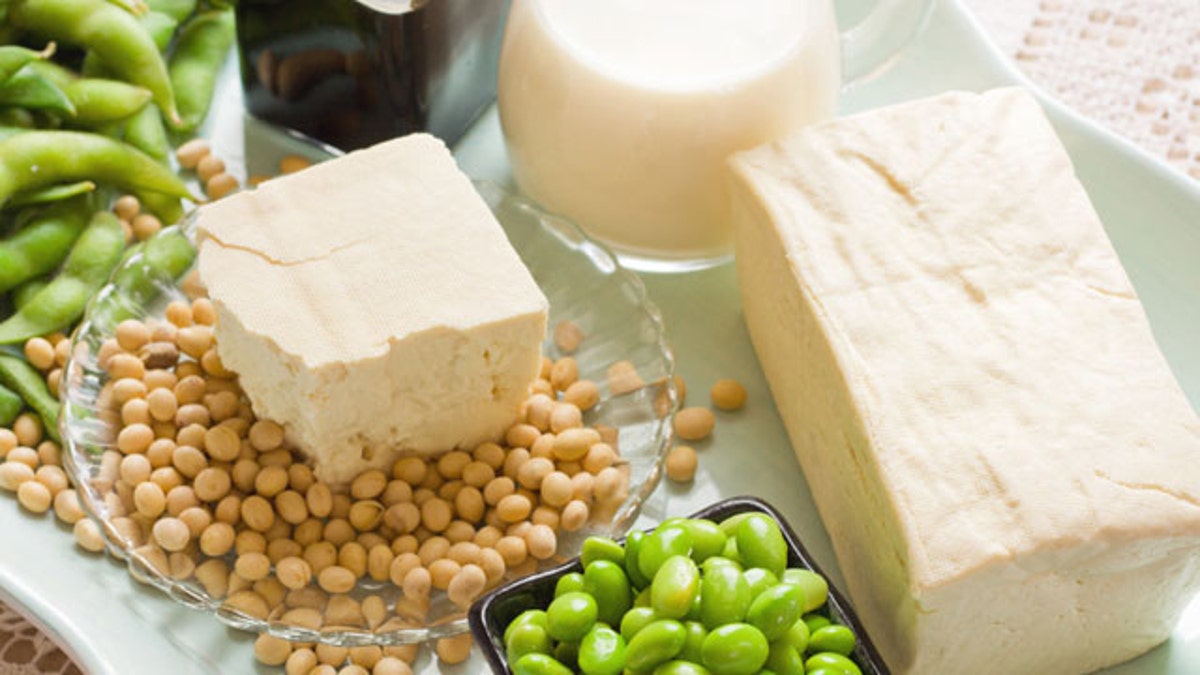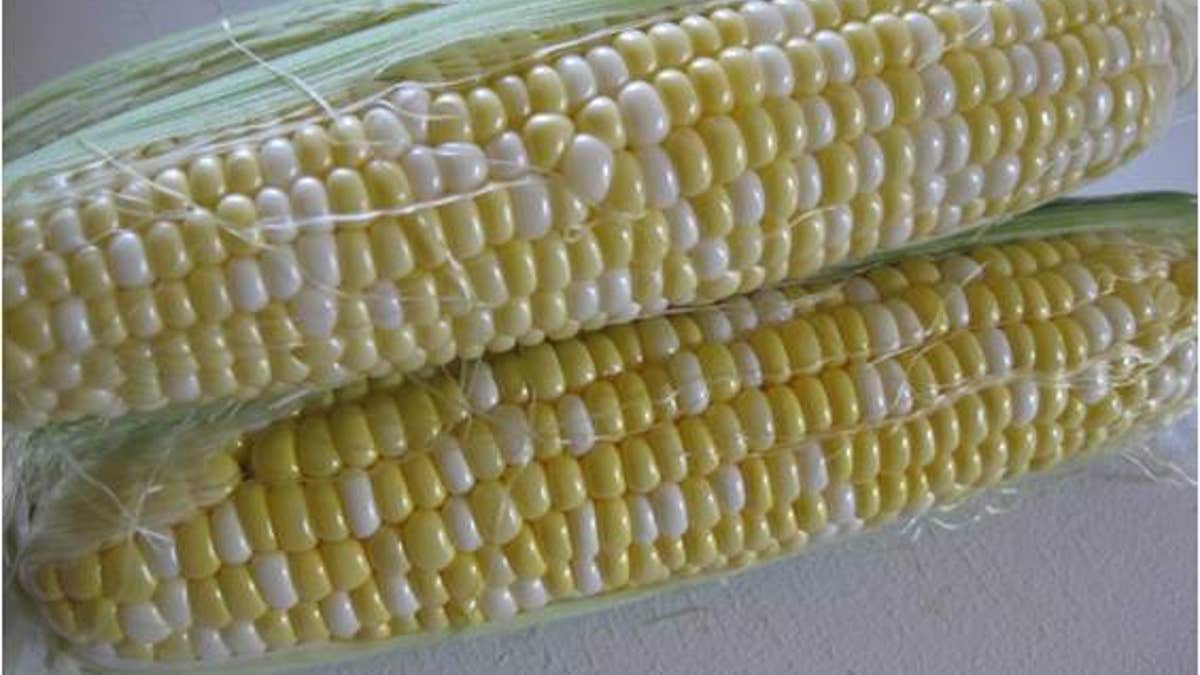Try hosting a dinner party and you'll likely be confronted by one of the most compelling food fads of the moment—the elimination diet. While the practice of singling out a dietary super-villain was formerly reserved for food-allergy sufferers, health buffs are realizing that smart exclusions can reap big rewards.
Related: Celebs With Bad Eyebrows
While only 3 percent of people have a true food allergy (a shrimp cocktail or strawberries send them into anaphylactic shock), food sensitivities are much more widespread. "You may have stomach pain or bloating," says Dr. William D. Chey, a gastroenterologist and professor of medicine at the University of Michigan. "But it can also show up as fatigue, joint pain, or mental fogginess."
Related: Foods That Make You Fat
Eating foods that you may be sensitive to also creates inflammation, which may block key messages from reaching your brain—including the ones that tell you to stop eating or tell your body to burn fat or regulate blood sugar. So should you scrap moderation for hard-and-fast elimination? Maybe so.
"Moderation is how you get fat—one cookie at a time—and it takes twice as much effort to undo that damage," says JJ Virgin, a nutritionist and the author of The Virgin Diet. What works, he says, are the easy-to-follow rules of food exclusion—you don't have to think twice about what to eat and, more important, what to turn down.
Read on for the six ingredients to eliminate and what to swap in their place.
1. Gluten

(iStock)
The Reason: You likely know more gluten-free eaters than you can shake a breadstick at: While no more than 1 percent of people in the United States have celiac disease, an immune response to the protein gluten, Virgin estimates that up to 40 percent of people are sensitive or intolerant.
The Strategy: Besides making the obvious swaps (rice pasta for wheat pasta, quinoa for couscous), avoid soy sauce, beer, and processed foods. "Gluten is used in some unexpected places, like as a thickener in salad dressings or even injected into deli meat," Virgin says.
Related: Foods to Make You Look Younger
2. Soy

The Reason: Galacto-oligosaccharides, a type of carbohydrate found in soy, can be very difficult to digest, says Tamara Duker Freuman, a registered dietitian in New York City. These carbs will ferment in the intestines instead of digesting normally, and in highly sensitive types they can cause gas and a chronic bloating that makes flat abs a pipe dream even for gym rats.
The Strategy: Scrap processed and stick to fermented soy, such as miso or tempeh.
3. Sugar

(iStock)
The Reason: Cutting out sweeteners, whether artificial or natural (such as agave or honey, which have many of the same blood-sugar-spiking effects), can help recalibrate your taste buds. Sweeteners wreak havoc by getting you hooked. "All the sugar in your diet makes you crave more sweet things," Duker Freuman says.
The Strategy: Don't just ditch candy and ice cream—beware sugar-laden foods like tomato sauce and processed foods, like sandwich bread, that contain sugar as a preservative. Instead, buy a bakery-fresh loaf (ingredients: flour, water, salt). Switch from sweetened breakfast cereals to plain oatmeal or yogurt with cinnamon and berries.
4. Eggs
The Reason: If you're eating eggs from chickens that are fed corn and soy (and most are), you could wind up with stomach pain and bloating. "It's not just what you eat," Virgin notes. "It's also about what whatever you eat eats." Plus, eggs contain an omega-6 fatty acid called arachidonic acid, which can create inflammation if you're in a daily eggs-for-breakfast routine.

(iStock)
The Strategy: Focus on eating more omega-3 fatty acids, found in salmon, chia seeds, and flaxseed, and watch out for eggs turning up in baked goods and chocolate. If you decide to reintroduce eggs, choose those from free-range chickens (ideally bought from farmers' markets) that feed on grass and insects instead of corn and soy.
5. Dairy
The Reason: Thirty to 50 million Americans have lactose intolerance, which leads to indigestion, gas and other gastrointestinal issues. But even for the tolerant types, the naturally occurring hormones in cow's milk may hinder weight loss and cause skin problems like acne, says Virgin. And lactose isn't limited to milk products; it can be used as a preservative in other foods, like margarine, nondairy creamers, soups, and processed snacks and meats.

happy young woman drinking milk over grey background
The Strategy: Milk's most lauded nutrient, calcium, can also be found in flaxseed, salmon, broccoli, kale, and collard greens. Virgin suggests using coconut milk or almond milk and switching to goat's-milk yogurt, which is easier to digest, without the skin/weight issues.
6. Corn
The Reason: Corn is high in phytates, antioxidant compounds that bind to the small fibers in intestinal walls and can prevent nutrients from being absorbed. And corn contains proteins called lectins that are associated with (similarly named) leptin resistance. Leptin is the hormone that helps regulate fullness, so if your body isn't getting its messages, you may regularly feel hungry.

The Strategy: Between corn oil, cornstarch, and corn syrup (and a host of corn by-products and additives like Cerelose), circumvention can require some label-reading, but Virgin says it's worth it: "Think about it. If we're feeding it to cows and pigs to help fatten them up, why do we think we can eat so much corn and still lose weight?"
